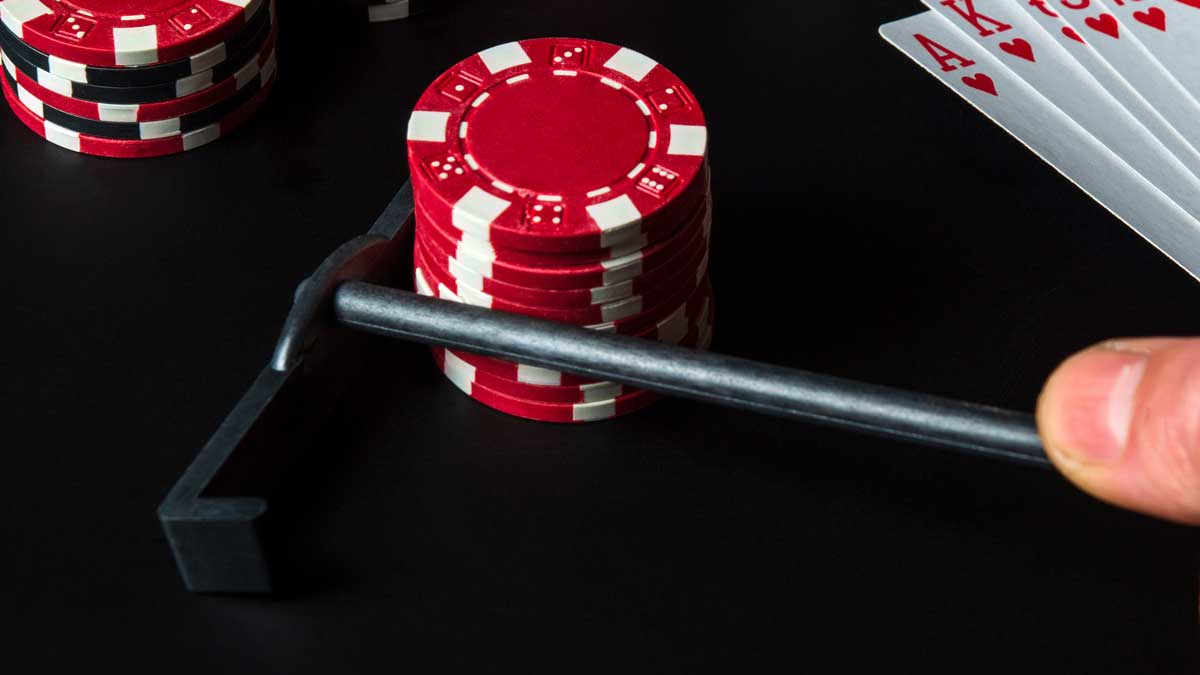Poker rake structures influence how players approach each hand, pot size, and long-term profitability. The percentage taken from each pot fundamentally changes the correct mathematical decisions across different game types. What appears as a small fee shapes everything from starting hand selection to river betting patterns. Most poker rooms apply varying rake rates depending on the stakes and game format. Players competing in mpo888 tournaments notice how rake percentages affect optimal strategy compared to cash games. The subtle differences in rake structures across poker variants require adjustments many players overlook, leading to costly mistakes over time.
Tight play versus rake caps
The presence of rake caps creates strategic opportunities that smart players exploit. When a poker room sets maximum rake amounts, specific pot sizes become more profitable than others. This knowledge transforms how you should play hands when approaching these threshold amounts.
- High rake caps favour aggressive play that builds pots quickly
- Low rake caps make a small-pot strategy more viable
- Uncapped rake severely punishes small-ball poker approaches
- Time-based rake systems reward faster play styles
Players who factor rake caps into their decision-making gain a mathematical edge over opponents who play similarly, regardless of the rake structure. This subtle adjustment leads to substantial profit differences over thousands of hands.
Hand selection adjustments
Poker rake fundamentally changes, and starting hands remain profitable. Higher rake percentages disproportionately affect marginal hands that win small and medium pots. This mathematical reality requires strategic adaptations that many players miss. Unlike low-rake environments where speculative hands can show a long-term profit, high-rake games demand tighter preflop ranges. The mathematics proves that hands like small pocket pairs and suited connectors lose value as rake percentages increase. Successful players narrow their starting ranges accordingly, focusing on hands that can win larger pots where the rake represents a smaller percentage of total winnings.
Multi-way pot dynamics
Rake structures dramatically impact the profitability of multi-way pots. Understanding these effects helps players make better decisions when multiple opponents remain in the hand.
- Higher rake percentages make heads-up pots less profitable
- Multi-way pots spread rake impact across more players
- Rake caps become more relevant in multi-way scenarios
- Fixed-fee rake systems punish smaller multi-way pots
The mathematical impact becomes clear when analysing expected value calculations. What might seem profitable in a rake-free environment often becomes break-even or losing once rake is factored into the equation. This reality explains why professional players adjust their multi-way pot strategy based on the specific rake structure.
Bluffing frequencies and rake
Bluffing becomes more complex when considering rake structures. Since successful bluffs avoid a showdown, they also avoid rake – creating an interesting strategic dynamic that changes optimal bluffing frequencies. Higher rake percentages should theoretically increase optimal bluffing frequencies as winning without showdown becomes more valuable. However, this adjustment only works against observant opponents who fold correctly. Against calling stations, increased bluffing despite higher rake leads to disaster. The most successful players adjust their bluffing ranges based not only on opponent tendencies but also on the specific rake structure of their game. This nuanced approach separates break-even players from consistent winners in high-rake environments.
The impact of rake structures on poker strategy remains an underappreciated aspect of the game. Players who factor these mathematical realities into decision-making gain an edge over their competition. The most successful players continuously adjust their approaches based on their rake environment.


